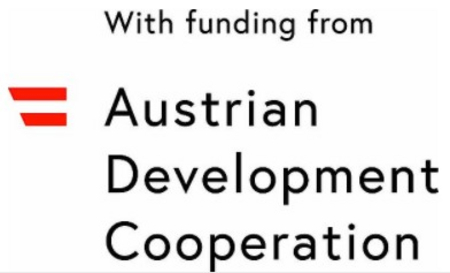Report from a field visit in November 2021 by Elmar GÖBL-ARIAS
Representatives of the community administration, the Ministry of Emergency Situations and the Armenian Red Cross are anxiously waiting outside a newly adapted garage in Garni, a semi-urban community east of Yerevan. Then the phone of the duty driver rings. He receives an alarm call from the regional crisis management and dispatch centre: a structure fire with one person injured. The driver alerts the other volunteers via SMS. Soon afterwards, an old soviet-built fire truck leaves the garage and heads for the emergency site.
I could hardly believe that this really happened. After two years of preparatory work in my role as advisor for disaster preparedness I had the chance to observe the first operational exercise of the new volunteer fire and rescue group established in Garni. What a huge achievement for the community and the surrounding villages. So far, they had to wait for help from outside in case of an emergency. And that could take time: 40 minutes at least, until the rescuers from the closest 24/7 staffed governmental fire station would arrive. That we want to change within the StrengthVOL project in Armenia.
The first time that I thought of Red Cross volunteers as fire men was during the evaluation of AutRC’s large scale community based DRR program in Armenia a few years back. At that time, we were struggling with the sustainability perspective of community-based DRR groups supported by the project. One thinkable solution at hand was to link them as close as possible to the governmental civil protection system that was planning to establish a complementing voluntary component and looking for partners to do so. The prerequisites were all there: finding motivated volunteers was not a problem, many community leaders have a genuine interest in improving the emergency services for their citizens, and the Ministry of Emergency Situations was ready to organise training and exercises. Our proposal, to pilot the establishment of two voluntary fire stations like in Austria with a total of 80 volunteers was appreciated by all sides. In fact, the Ministry of Emergency Situations already had similar plans up its sleeve and was looking for experienced partners to help them implement those.
To now see the fire truck handed over from the ministry to the community leave the garage with the volunteers was really a huge satisfaction. The logical next step after finalising the pilot phase would be the roll-out of this model to other remote communities in Armenia.

